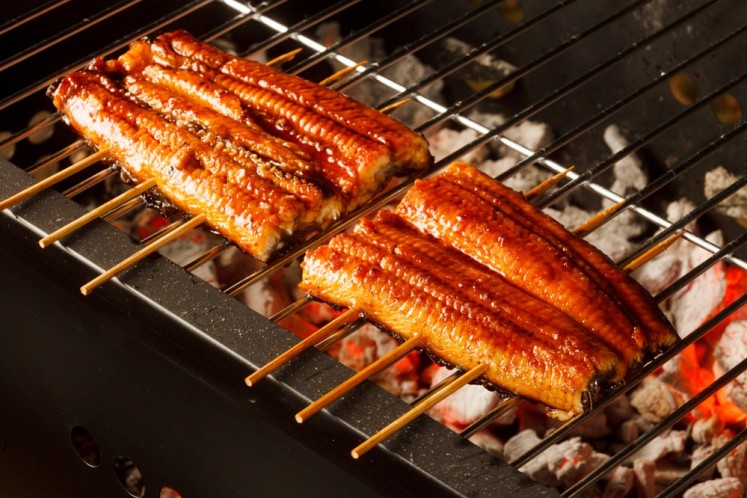[ad_1]
Hopes are growing for pay hikes through this year’s shuntō labor-management negotiations at a time when a barrage of price hikes for products such as gasoline and food are putting burdens on households. But gaps in earnings among companies are overshadowing the outlook amid the lingering coronavirus pandemic.
The focus of this year’s talks, which went into full swing this week, is how far income distribution being pushed by Prime Minister Fumio Kishida can be realized, as service providers and others hit hard by the coronavirus crisis are struggling to even maintain employment. Shortages of semiconductors and soaring raw material prices are also weighing on businesses.
Tomoko Yoshino, president of the Japanese Trade Union Confederation, also known as Rengo, stressed the need to change the deflationary mindset during a labor-management meeting on Tuesday with the Japan Business Federation, the top business lobby known as Keidanren.
“The deep-rooted problem is that workers find it normal to be given no pay hike,” Yoshino said.
While other major economies have marked average wage raises of over 20% in 2020 compared with the levels in 1997, wage levels in Japan have remained almost flat.
In the 2022 shuntō negotiations, Rengo is targeting pay hikes of around 4%, including pay scale raises of about 2% and regular wage increases.
Behind the pay increase goal is a recovery in corporate earnings. According to a survey compiled last November by Sumitomo Mitsui DS Asset Management Co., combined fiscal 2021 group operating profits of 1,334 major companies that close their books in March, excluding financial firms, are expected to grow 35.1% from the previous year.
The Japanese Electrical, Electronic and Information Union, a federation of labor unions, and UA Zensen, a union covering a variety of sectors including the textile, chemicals, logistics and restaurant industries, plan to demand pay scale hikes equal to levels before the coronavirus crisis.
“Amid rising prices, if the levels of pay hikes turn out to be equivalent to or below those in the previous year, it will be hard to achieve a recovery in consumption,” UA Zensen chairman Akihiko Matsuura said.
Crude oil and other prices have been surging since last autumn, expected to be followed by price hikes for food and daily necessities in Japan.
The government has been pushing for pay hikes, with Kishida having voiced expectations last autumn for increases of over 3%.
Although Kishida stopped short of mentioning a uniform pay hike, his government decided to expand tax deductions for companies that raise wages.
Keeping pace with the government, Keidanren Chairman Masakazu Tokura said Tuesday that raising wages is a “corporate duty.”
Still, the mood for pay hikes is limited mainly to manufacturers, such as exporters benefiting from a weaker yen, while service providers and others have been forced to put priority on recovering from the impact of the coronavirus crisis.
For the second straight year, the Japan Federation of Aviation Industry Unions skipped a numerical target for a uniform pay scale raise request.
Pay hikes also appear to be uncertain at small companies.
The government has reinforced the supervision of business deals involving subcontractors to protect them from exploitation by large companies and made requests to help small firms reflect higher crude oil and other costs in their transactions prices.
Katahiro Yasukochi, head of the Japanese Association of Metal, Machinery, and Manufacturing Workers, or JAM, said, “The biggest theme is transferring costs into the prices.”
Large companies also face uncertainties over their earnings.
The practice of making a uniform pay scale hike request for the whole of each industry is changing.
The Confederation of Japan Automobile Workers Unions, which has long been leading the annual pay negotiations, stopped short of demanding a uniform pay scale hike for the fourth consecutive year.
“Across-the-board wage increases fail to fit with the times,” said an official at a major manufacturer.
In a time of both misinformation and too much information, quality journalism is more crucial than ever.
By subscribing, you can help us get the story right.
SUBSCRIBE NOW
[ad_2]
Source link

















